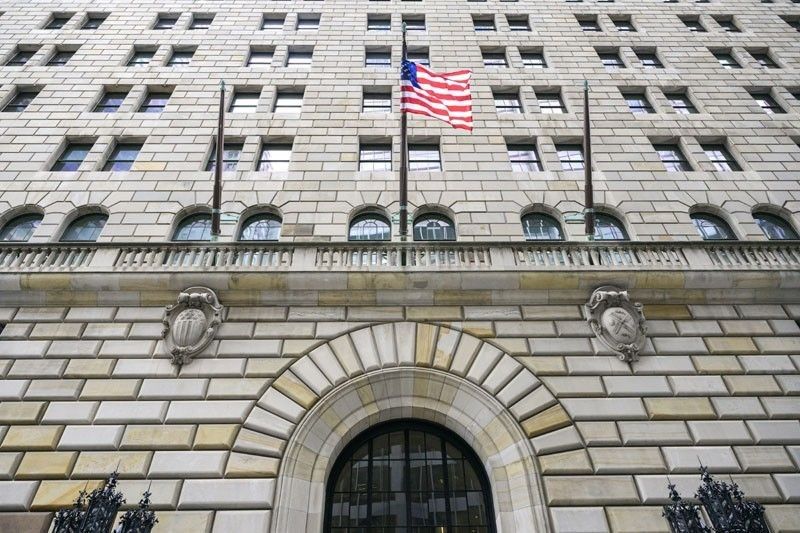BSP rate cuts seen in lockstep with US Fed

MANILA, Philippines — The Bangko Sentral ng Pilipinas (BSP) is expected to move in lockstep with the US Federal Reserve as it pivots to an easing cycle after emerging as the most aggressive central bank in the region.
In a press conference, Aris Dacanay, economist for ASEAN at HSBC, said the BSP may start cutting interest rates by 75 basis points this year.
“We do expect the BSP to cut its interest rates step by step or alongside the US Fed,” Dacanay said.
The BSP has emerged as the most aggressive central bank in the region after raising key policy rates by 450 basis points since May 2022 to tame inflation and stabilize the peso that slumped to an all-time low of 59 to $1 in October 2022.
In 2023 alone, the BSP raised interest rates by 100 basis points, including the last off-cycle 25-basis-point hike on Oct. 26, bringing the target reverse repurchase rate to a fresh 16-year high of 6.50 percent, the highest since the 7.50 percent recorded in May 2007.
“We don’t think the BSP will be able to cut ahead of the Fed, mainly because our current account deficit is still pretty wide. We’re still pursuing a very aggressive or very ambitious infrastructure agenda,” Dacanay said.
As inflation returned to the central bank’s two to four percent target at 3.9 percent last December after breaching the range for 20 months, Dacanay said the BSP now has more space to cut interest rates.
According to Dacanay, the BSP would likely cut interest rates by 25 basis points in the second quarter and by 25 basis points each in the third and fourth quarters.
“So that will be a total of 75 basis points, bringing the year-end policy rate to 5.75 percent,” Dacanay said.
HSBC earlier lowered its inflation forecast for the Philippines to 3.5 percent from 4.1 percent for this year after further accelerating to six percent in 2023 from 5.8 percent in 2022.
However, the British banking giant raised its inflation forecast to 3.8 percent from 3.6 percent for 2025 amid upside risks, including the impact of the El Niño dry spell, as well as rice prices remaining thorny with the expiration of the lower import tariff on rice, pork, corn and other food products.
Jun Neri, lead economist at Ayala-led Bank of the Philippine Islands, said the BSP may keep its rates steady in the first half, taking into account a possible inflation rebound in the second quarter.
“Rate cuts are possible in the second half of the year once inflation is firmly within the target of the central bank. However, the timing of future rate cuts and their magnitude are also contingent on what the Federal Reserve will do. If local inflation conditions are right, the BSP will likely respond immediately with rate cuts once the Fed begins its easing cycle,” Neri said.
Neri pointed out that it might be difficult for the BSP to cut its policy rate without any rate cuts from the Fed given the substantial current account deficit of the Philippines.
“This might lead to dollar outflows that could lead to sizeable exchange rate volatility. So far, Fed officials have signaled the possibility of rate cuts amounting to 75 basis points this year . We also expect a 75-basis-point cut from the BSP this year, which will bring the policy rate to 5.75 percent by end-2024,” Neri said.
The Ayala-led bank sees inflation easing to 3.7 percent this year after quickening to six percent last year.
Neri said headline inflation may continue to slow down in the next three months with favorable base effects as the main driver but may bounce back in the second quarter and could possibly breach the four percent target again for a few months.
However, Neri added that headline inflation would return within the target range in the second half of the year.
Both HSBC and BPI expect the country to miss the gross domestic product (GDP) growth targets penned by economic managers via the Development Budget Coordination Committee.
HSBC sees the country’s GDP expanding by 5.3 percent this year, while BPI projects a faster 6.2 percent growth.
Both, however, are lower than the revised 6.5 to 7.5 percent GDP growth target set by the government.
- Latest
- Trending





























